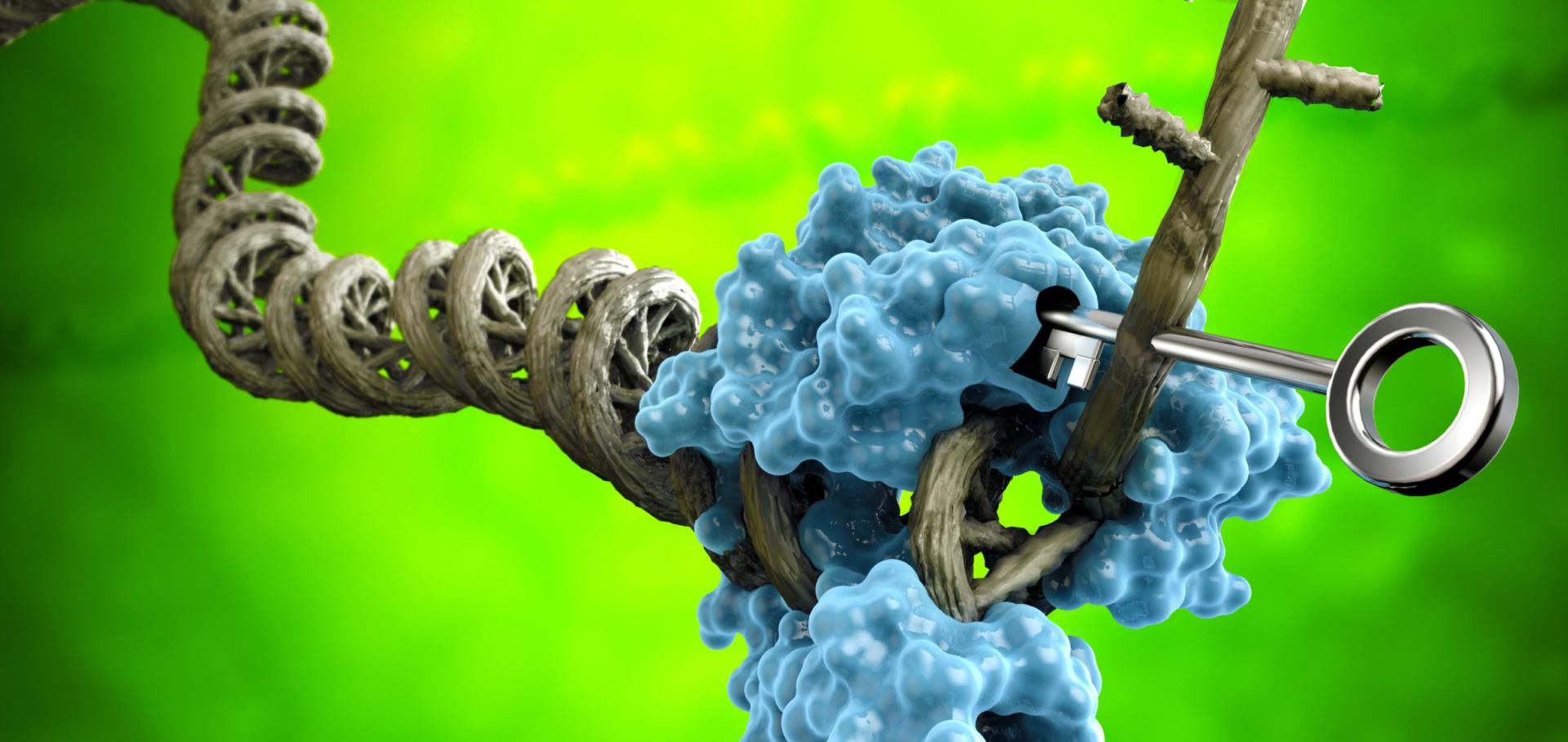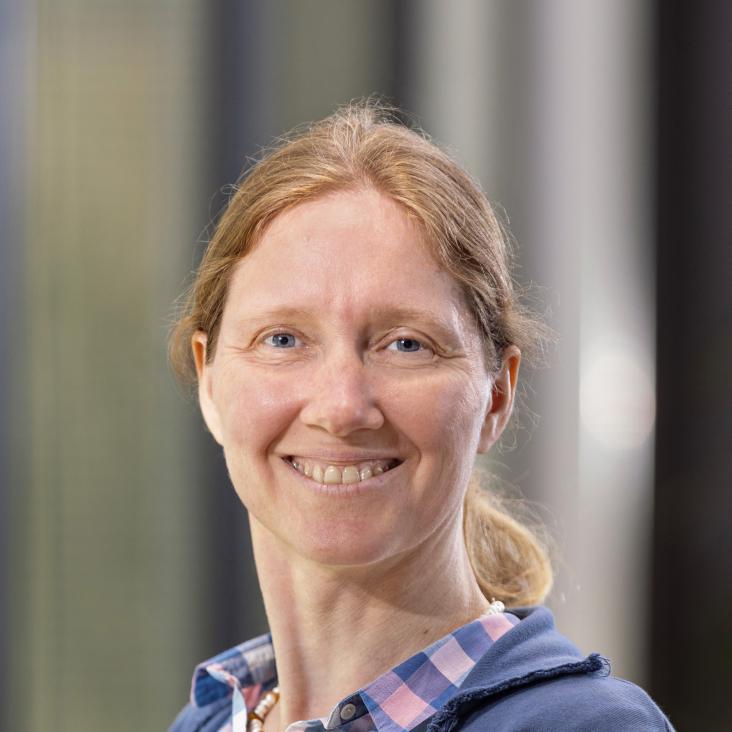Induced intra- and intermolecular template switching as a therapeutic mechanism against RNA viruses
Molecular Cell Elsevier 81:21 (2021) 4467-4480.e7
Physics meets biology: The joining of two forces to further our understanding of cellular function
Molecular Cell Elsevier 81:15 (2021) 3033-3037
DNA replication origins retain mobile licensing proteins
Nature Communications Springer Nature 12:1 (2021) 1908
Versatile Multilayer Metamaterial Nanoparticles with Tailored Optical Constants for Force and Torque Transduction
ACS Nano American Chemical Society (ACS) 14:11 (2020) 14895-14906
Chromatin fibers stabilize nucleosomes under torsional stress
Nature Communications Springer Nature 11:1 (2020) 126


